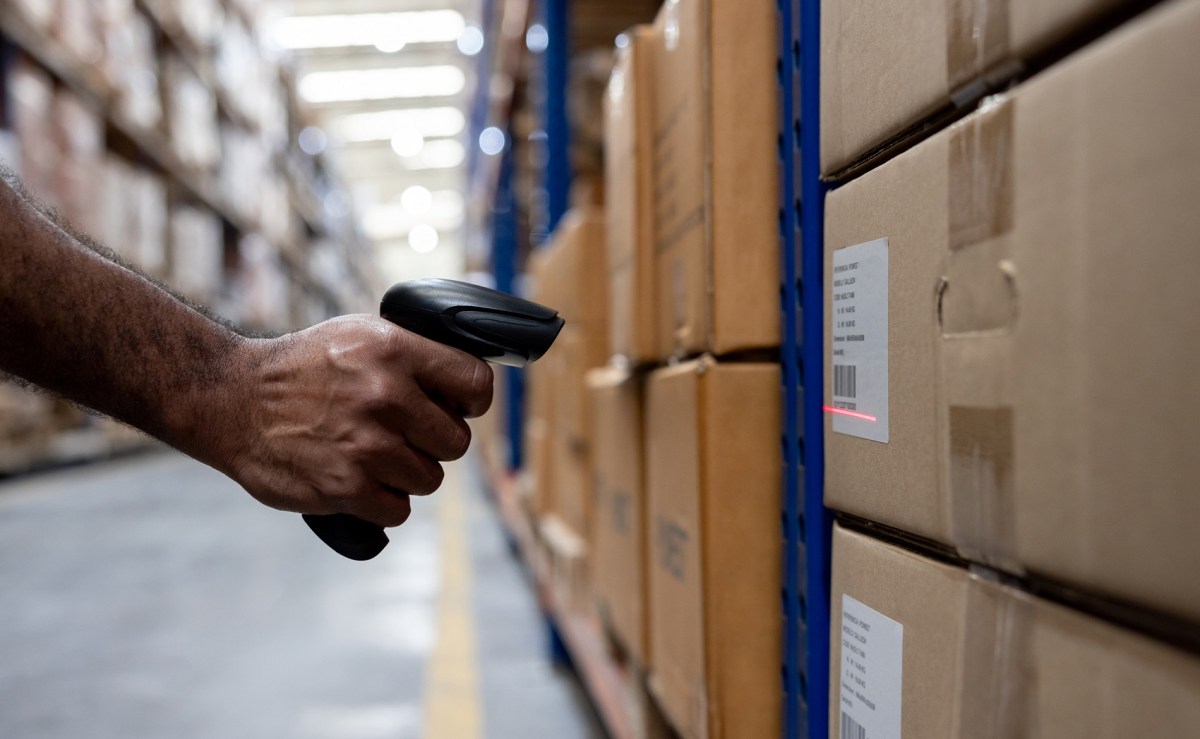Climate change is accelerating and so are consumer’s environmental concerns. More than half of Australian consumers consider sustainability an extremely or slightly important purchase criterion during their shopping trips and Statista projects that global retail e-commerce growth will continue at 11.16% from 2023 to 2027 which means that last-mile deliveries will rise as well.
There are approximately 20 million stores worldwide according to the World Economic Forum – one store for 400 humans – served by an existing supply chain which means that most people are only a few miles away from the goods they want to buy.
Tomorrow, consumers will order more and more online, but they will be delivered in less than an hour from a shop around the corner. Freedom, for example, the Australian furniture retailer, has put stores at the heart of its omnichannel strategy, which enables the retailer to deliver online orders out of its 39 physical stores.
However, transport is only one of the most obvious contributors to carbon emissions. Raw material production and processing, packaging, retail operations and actual product use (think washing and drying) are also factors that increase carbon emissions.
A flexible order management system can help you to both reduce your costs and your emissions at the same time. Here are five ways you can do this:
- Increase inventory visibility – Many organisations have managed to reduce split shipments simply by getting better overall visibility into available inventory. By increasing the visibility and accuracy of their inventory availability data, they’ve managed to reduce the average distance over which orders are delivered, and thereby reduced emissions. This is where an order management system that provides an enterprise inventory hub, like Fluent Order Management can help. It consumes inventory data from all your back end systems, at scale, so you can provide the most accurate data to your digital channels, across all locations.
- Order consolidation via existing trunk routes – Say a customer orders two items, but one is in a Distribution Centre (DC), the other in a Store. Or they’re in two different stores. What can you do? One option is to use existing replenishment routes for order consolidation. Rather than using a parcel carrier to ship from DC to Store to do a store-to-store transfer, use your existing routes. That way you’ll save on transfer costs, emissions, and on the cost of delivery to the customer. A modern Order Management System’s flexible order logic lets you do just that, manage the staging, transfer and consolidation of items for an order.
- Promise against future inventory – If a customer doesn’t need an item in a hurry, and you know a replenishment order is on the way to a location that’s closer to the customer, what are your options? Rather than shipping immediately from a more distant location, with a flexible order management system, you can instead promise against the future inventory. That way, the item will ship from a closer location which will reduce both emissions and the cost of delivery. An enterprise inventory hub can consume and make promises against future inventory availability.
- Offer green delivery options – This may mean seeking out new last-mile delivery partners, such as bike delivery. Or renegotiating contracts with (or switching) your current carriers, many of whom will now offer delivery via electric vehicles. With flexible order orchestration logic, you can create or update workflows to manage any differences in how those orders need to be processed.
- Promote in-store pickup – Often customers who pickup items in-store were planning to be in the area anyway. And some of them may use public transport. So whenever you can get a customer to pick up an order in-store it’s a win for the environment. However, encouraging pickup means you need to show customers accurate inventory availability, and expected pickup dates for Ship to Store orders. Once again, that’s where an order management system with an enterprise inventory hub and flexible order promising logic, can help you provide a great pickup experience. What’s more, the mobile friendly in-store app lets you manage picking without the need for a paper pick slip.
While carbon neutrality may be the goal, the bottom line impact of emissions reductions initiatives can lead to real cost savings. But to realise these savings, you need a flexible order management system with great inventory visibility and the ability to fine-tune your sourcing strategy as well as optimise your order fulfillment.
Jamie Cairns is chief strategy officer at Fluent Commerce.

